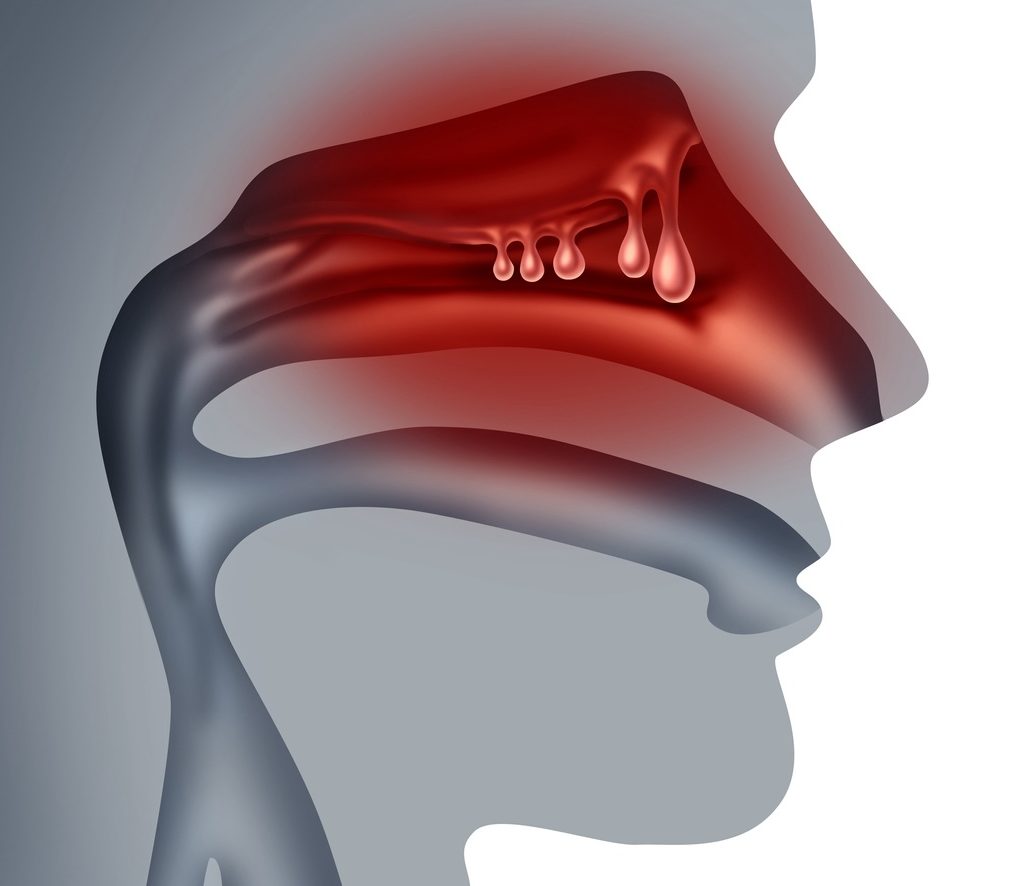
Morning comes. Your eyes open. The first breath feels blocked. Not entirely, just enough to notice. You sit up, hoping movement will help. It doesn’t. You blow your nose. Nothing changes. You breathe again, and realize—something inside isn’t shifting.
Air comes in, but never fully
The airflow feels off. Not silent. Not smooth. You feel it more than you hear it. One nostril works. The other doesn’t. Then they switch. It’s not cold. Not an allergy. Just a quiet obstruction that won’t move, no matter what you try.
You sleep with your mouth open. You wake up dry.
You snore more. You cough more. Your throat feels raw, like you’ve been shouting. But you haven’t. You drink water, but it stings. Your mouth isn’t meant to do this job alone. Your nose has gone quiet, but not without consequence.
Something inside your nose isn’t moving right
You feel pressure, but no pain. A dull awareness around your cheeks, your forehead, your eyes. You breathe deep, but it’s shallow. As if air stops halfway through. You think it’s sinus trouble. You take something. It doesn’t help.
Nasal polyps. They’re not dangerous. But they’re stubborn.
The scan shows soft tissue. Round, pale, not cancer. But large enough to block flow. You didn’t even know they were there. They don’t hurt. They don’t bleed. They just sit, quietly redirecting your breath.
You don’t feel pain. Just the result.
Congestion that doesn’t resolve. A voice that sounds trapped. Words leaving through a narrower tunnel. You clear your throat more. You speak slower. You get tired of hearing yourself sound different.
People ask if you’re sick. You say no.
Your voice invites questions. You wave them off. But it still feels like something is always in the way. Not illness. Just interference. Like static between thoughts and speech. You begin saying less, just to avoid the explanation.
Saline rinses. Steroid sprays. But the effect fades.
You follow the advice. You rinse daily. You spray before bed. For a week, things improve. Then the swelling returns. You increase the dosage. You look up alternatives. Each one feels like a small solution for a recurring presence.
The goal is control, not cure.
You meet with the specialist. They explain how polyps work. They grow where inflammation stays. It’s not just one cause. It’s your immune system, your environment, your genetics. They don’t promise a fix. Only relief, and maybe not lasting.
You feel clearer for a while. Then the fog returns.
After pills, there’s hope. For days, you breathe like you used to. Deep. Uninterrupted. But then the swelling creeps back. The sleep worsens. The mouth dryness returns. The cycle begins again, like a loop your body can’t exit.
To remove what blocks. To make space again.
They talk about surgery. You hesitate. Not because of fear. But because of permanence. You want to believe one removal will solve it. But they warn you. Polyps grow back. Especially if the root cause remains.
Polyps can return. Even after cutting them away.
You hear that and wonder if it’s worth it. You picture relief followed by relapse. Then you picture breathing through your nose again. The balance tips. You schedule the procedure. Not for perfection. Just for air.
You become an expert in your own nose.
You learn what triggers swelling. Dust. Dry heat. Perfume. You stop wearing cologne. You keep windows closed. You adjust your pillow angle. You sleep surrounded by silent rituals that help you breathe for a few more hours.
You do things others never think about. Just to breathe like they always can.
You stop envying energy. You start envying airflow. People complain about colds. You wish yours would end. But it doesn’t. It stays. Quiet. Persistent. And no one sees it but you.
